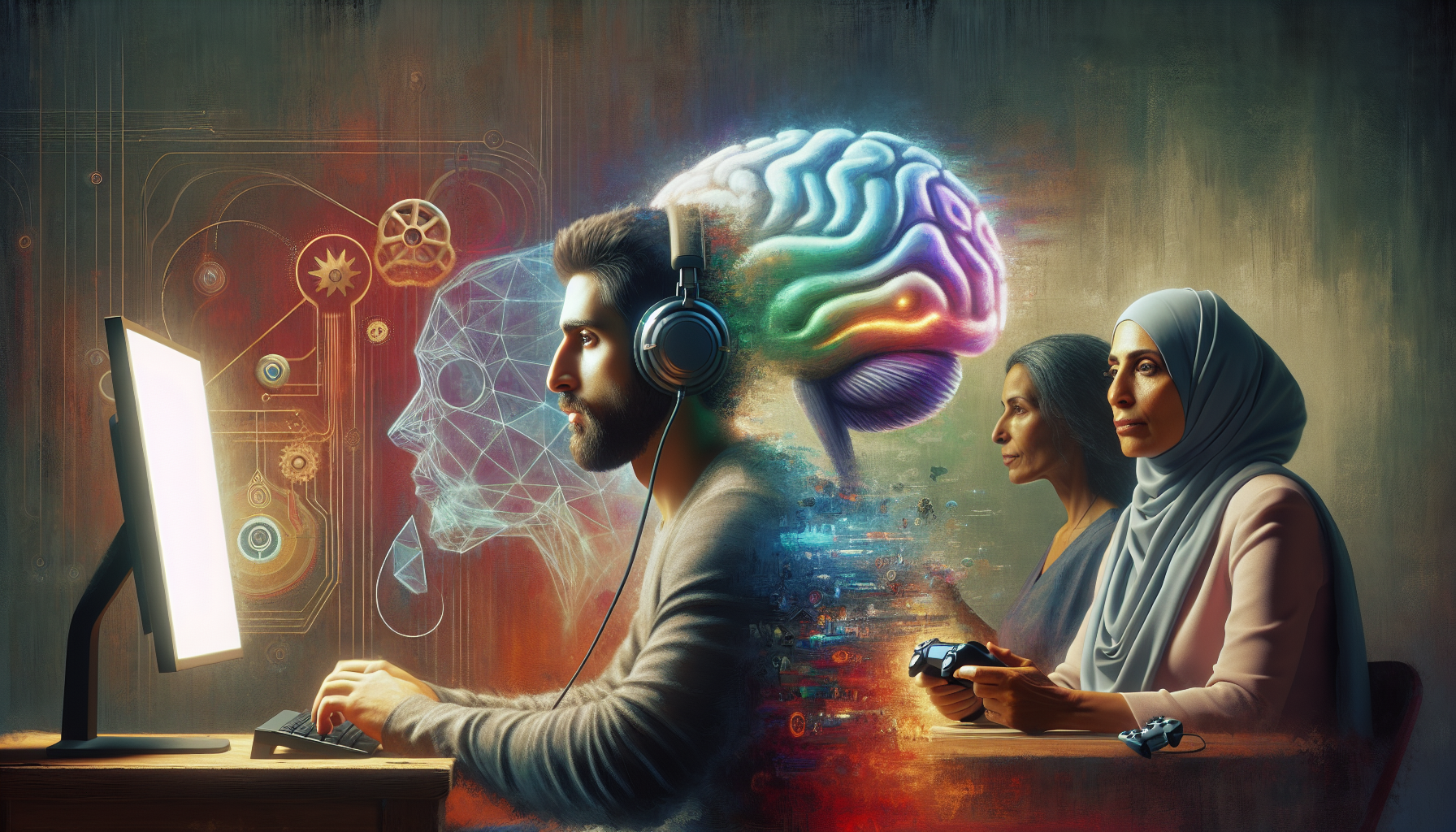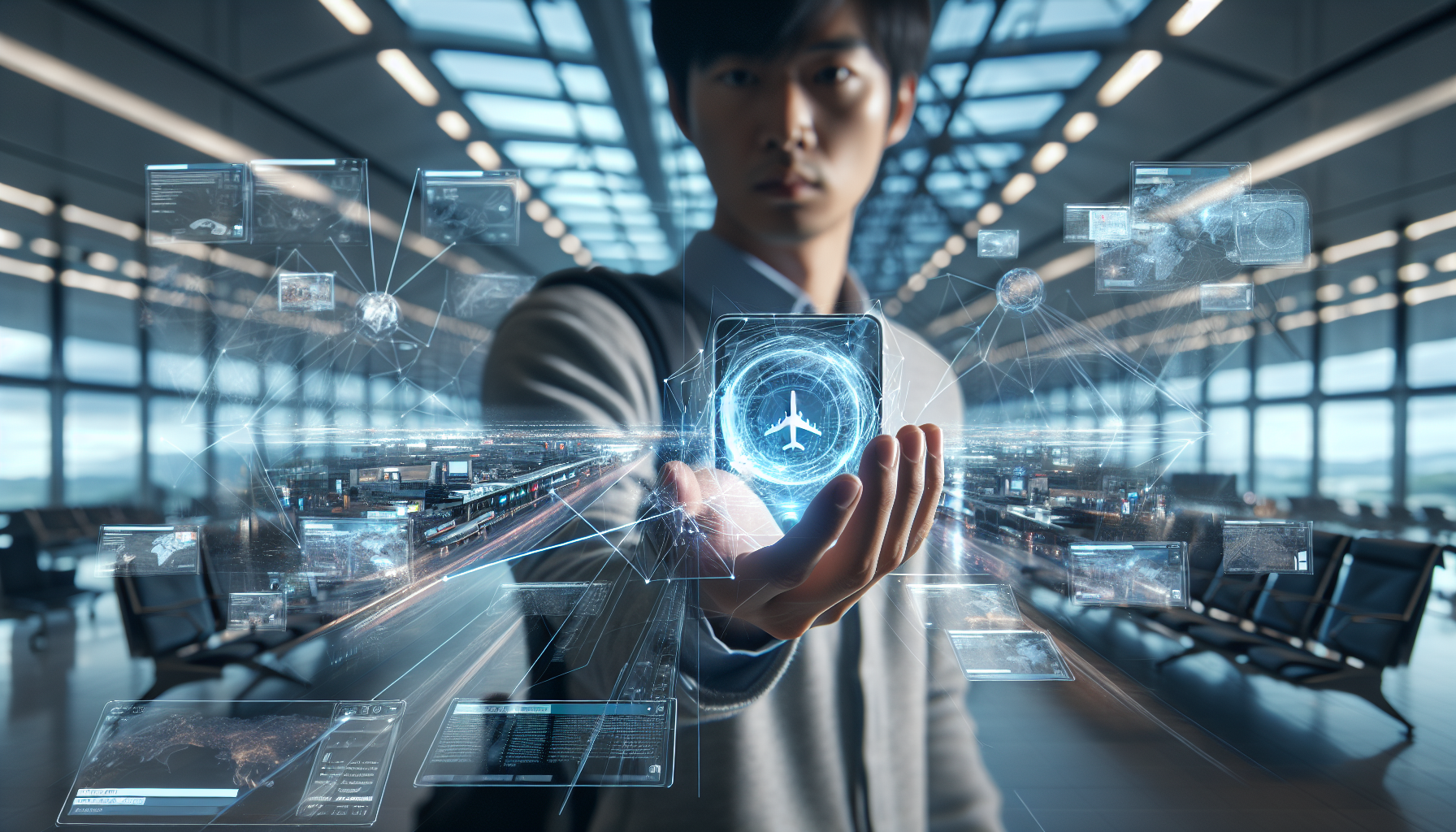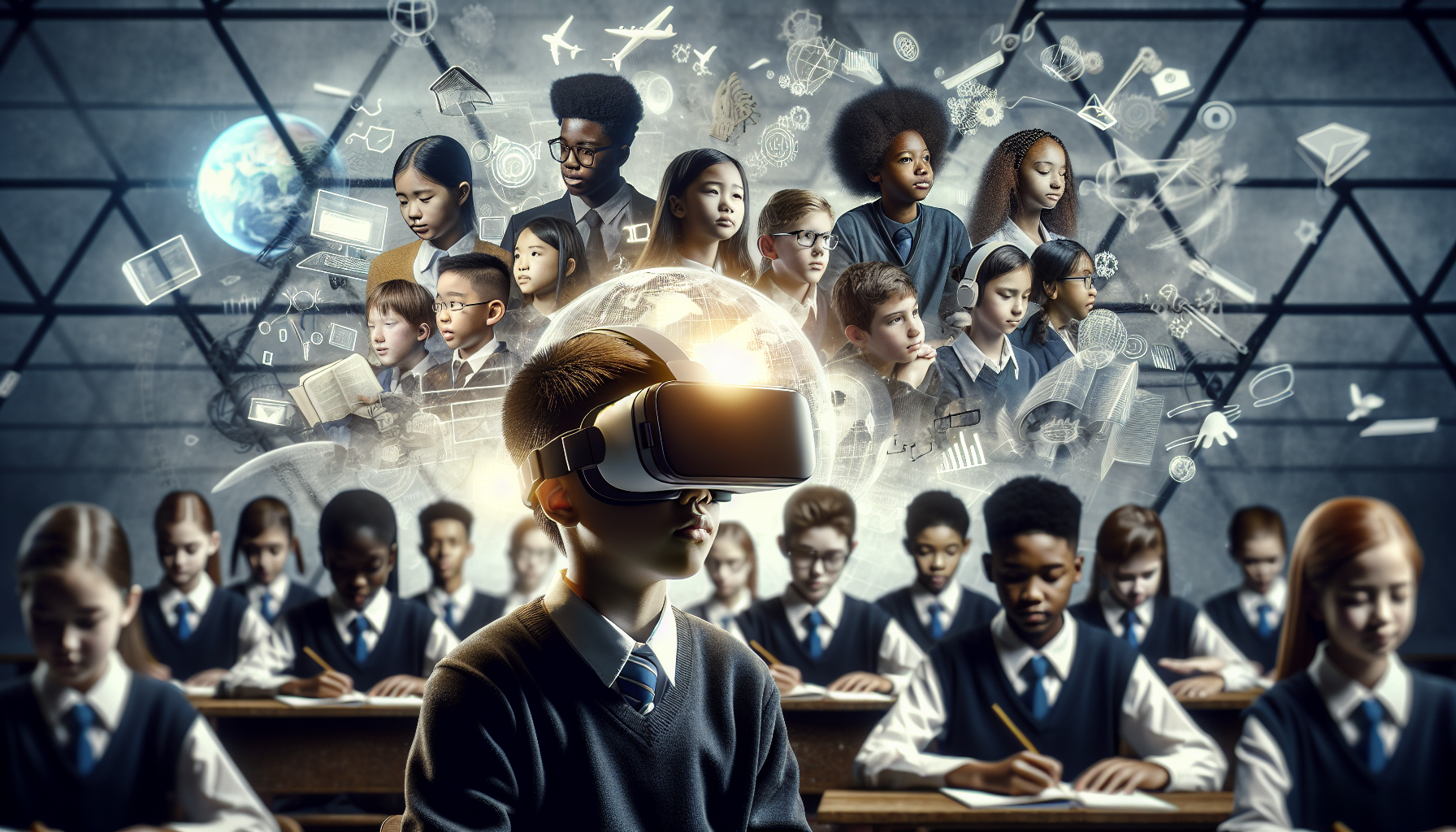Summary
Gamification in employee training is revolutionizing workplace learning by engaging staff and enhancing retention of information. This article explores the latest trends in gamified learning, showcasing benefits and implementation strategies within organizations.

The Rise of Gamification in Employee Training
In recent years, gamification has emerged as a powerful tool for enhancing employee training and development. By incorporating game-like elements into learning experiences, organizations aim to boost motivation, engagement, and retention of information among employees. As workplaces continue to evolve, so too does the necessity for effective training methods that meet diverse learning needs.
Understanding Gamification
Gamification involves applying game design principles in non-game contexts. This approach encourages employees to engage more fully with training materials and tasks through elements such as rewards, challenges, and competition. By making learning more interactive, organizations can cultivate an environment conducive to continuous professional development.
Benefits of Gamification in Employee Training
- Increased Engagement: Gamified training programs tend to capture employees' attention more effectively than traditional learning methods. The use of quizzes, leaderboards, and badges creates a compelling learning environment.
- Enhanced Retention: Studies indicate that gamification can improve knowledge retention by up to 30%. The interactive nature of these learning experiences often leads to better understanding and longer-lasting knowledge.
- Immediate Feedback: Gamified training can provide instant feedback on performance, allowing employees to understand their strengths and areas for improvement in real-time.
- Customization: Gamification allows for tailored learning paths based on individual employee needs and preferences, ensuring a more personalized experience.
- Stronger Collaboration: Many gamified learning platforms encourage teamwork through group challenges and shared goals, fostering a sense of community and collaboration among employees.
Implementing Gamified Training Programs
For organizations looking to harness the power of gamification, implementation requires thoughtful planning. Here are key steps to create an effective gamified training program:
1. Define Goals and Objectives
Clearly establish what you aim to achieve with gamification, whether it's enhancing skills, increasing engagement, or improving knowledge retention. Setting specific objectives will guide the design process.
2. Choose Appropriate Gamification Elements
Select game mechanics that align with your training goals. Common elements include:
- Points: Reward employees for completing tasks or assessments.
- Badges: Recognize achievements and milestones.
- Leaderboards: Foster healthy competition by displaying employee performance rankings.
- Challenges: Set up quests or missions that employees must complete to gain rewards.
3. Utilize Technology
Leverage digital platforms and tools to facilitate gamified learning. Many Learning Management Systems (LMS) now incorporate gamification features, making it easier to implement these strategies.
4. Monitor and Adapt
Continuous monitoring of the gamification program's effectiveness is crucial. Gather feedback from participants and analyze performance metrics to refine the approach and ensure it meets the evolving needs of employees.
Case Studies of Gamification Success
Numerous organizations across various industries have successfully integrated gamification into their training programs, yielding impressive results:
Hospitality Sector
In the hospitality industry, companies have reported significant improvements in productivity among maintenance and housekeeping teams through the adoption of gamified training tools. By engaging employees with interactive learning methods, they are better equipped to handle daily tasks efficiently.
Corporate Learning
Multiple enterprises have described how gamified training initiatives have fostered a culture of continuous learning. Employees are more inclined to participate in training programs when they feel engaged and challenged, leading to greater skill development and retention.
Challenges and Considerations
While gamification holds much promise, organizations must consider potential challenges:
- Overemphasis on Competition: Excessive focus on competition can lead to stress among employees. It's important to balance competition with collaboration.
- Implementation Costs: Developing high-quality gamified content may require significant investment in technology and training tools.
- Resistance to Change: Employees who are accustomed to traditional training methods may initially resist gamification efforts. Proper communication and training can help ease this transition.
Future Outlook
Looking ahead, gamification is set to evolve further as technology advances. With trends such as virtual reality (VR) and augmented reality (AR) gaining traction, the potential for creating immersive training experiences is vast. Organizations that embrace these innovations will likely reinforce their position as leaders in employee development.
Conclusion
Gamification is rapidly transforming the landscape of employee training and development. By incorporating gaming elements into learning, organizations can enhance engagement, boost retention, and create a culture of continuous improvement. As businesses adapt to the changing dynamics of the workplace, gamified learning will play an increasingly vital role in shaping the future of employee training.
Related Video
Watch the video on Gamification in Employee Training
Related videos:








